Advantages of GIS Routing for School Bus Transportation
Written by:

Kerry Somerville
Senior Product Manager, Safe Fleet
A GIS Certified Professional with over 35 years of experience specializing in school bus routing.
Easy access to mapping applications, which rely on Geographic Information System (GIS) technology has made our lives easier. So, what is GIS, what does it mean and what are the applications that use it? GIS applies to any application or system that uses geographic information such as street data, addresses and locations. Everyone has benefitted from a GIS system on their phones, in their cars or on their computers.
Not all school districts can say the same when it comes to their fleet routing and planning processes. Many still use manual, cumbersome and less than insightful systems to tackle some of the most challenging aspects of their jobs. And yet, GIS technology can bring value to every aspect of our transportation operations including routing, student location, student accountability, parent notification, field trip planning and more.
School districts don’t have to bite off more than they can chew. GIS technology can be implemented in every school district at a pace that meets each district’s needs.
Modern Day GIS For School Transportation
Budgets are tight everywhere, driver shortages are a nation-wide concern, and vehicle maintenance and downtime can be seriously problematic for any district. Cutting wasted effort and inefficient processes is not only desirable but an absolute necessity and modern GIS systems can help you do just that – effectively and efficiently.
How would knowing which of your routes are optimized, and which aren’t, drive improvements in your department? How would having access to real-time data help you improve parent/school communications? How would being able to plan for the most efficient fuel usage impact your operational costs? And how would being able to re-route with ease, while factoring in road usage/rules help you better protect your students on their way to school?
Today, with the availability of mapping tools, GPS student tracking and digital mapping are brought together in one seamless interface. Transportation specialists can plan routes based on ‘what if’ scenarios. They can track buses and students in real-time, compare planned vs. actual routes and access secure, live video and audio from aboard any bus, over a cellular network. And most importantly, they can also keep parents notified when and where students got on and off the bus. Today’s safety concerns are real and being able to know when and where your students got on and off the bus is more important than ever.
Let’s look at what this might look like for a school district with the options that are currently available.
All-in-One Solutions
All-in-One Solutions enable the user to query a number of databases depending on the desired outcome. These systems feature an intelligent, interactive geographic mapping system that graphically displays database queries, tracks vehicles and students in real-time and provides a live view on-board a bus during critical events. GIS technology can shave days, possibly weeks from planning efforts, reducing it to a matter of hours. Never before has this level of accountability, safety and efficiency been available to transportation teams. This is all made possible with GIS technology.
Using an all-in-one solution, transportation departments can produce ‘what if’ scenarios, plan next year’s routing without disturbing the current year’s plans, and respond to urgent situations better and faster. These advantages reduce the amount of driver time and vehicles needed to transport students, translating into tangible operational savings.
Safe Fleet® Compass™ is an all-in-one esri-based, routing and planning system that delivers routing, vehicle tracking, video surveillance and vehicle status in a single interface. A transportation department can view planned vs. actual routes in real-time, integrate with existing student information databases, optimize route and student assignments, and provide full audit trails. The system also features add-on modules that allow a district to better manage logistics and field trip planning.
Not all transportation departments want or need an all-in-one solution. While others may want an all-in-one, but don’t have the budget or resources to implement all at once. School districts have choices. They can implement an all-in-one system in manageable pieces, or select a simpler, easy-to-use planning tool.
Simple Planning Tools
Let’s discuss a GIS tool designed for smaller districts first.
Safe Fleet Path captures route maps from vehicle GPS and student tracking data. Within days of implementing the system, a transportation department can begin to realize route efficiencies, access accurate driver directions and reduce parent concerns by providing accurate school bus arrival and departure times. School districts can even pair Safe Fleet Path with a student accountability mobile app that automatically notifies parents when their children get on and off the bus.
Phased Approach to Implementing an All-in-One Solution
Comprehensive routing and planning systems for large districts are complex, take longer to implement, require more involved training to use and, of course, require more budget. Some transportation departments want and need these sophisticated systems, but for budgeting purposes, need to phase their implementations into manageable pieces. And that’s fine. Safe Fleet Compass can be implemented in two phases. These are:
Automated Routing and GPS Tracking
Compass routing comes with the built-in ability to connect to tracking systems already installed on fleet vehicles. This integration provides time, location, direction and vehicle speed data in 20-30 second intervals. Depending on the equipment and sensors installed on the fleet, the information displayed could also include stop arm extension, signal light, door opening and video recording status. When this information is overlaid with mapped route plans, a fleet management team can instantly see deviations and address them in a timely fashion. Districts that use GIS-based routing systems can realize ROI almost as soon as they start using this type of routing system.
Student Tracking and Viewing
This functionality adds an additional safety layer to the systems you are already using to protect students while they are in your care. If a bus breaks down, or the unthinkable happens, you’ll have virtual eyes on the situation immediately. You’ll know where the incident occurred, you’ll know what happened, and you’ll know who has been impacted. Knowing if a student is on a bus, where they got on or off the bus, if they missed the bus and never got on it as well as information on everyone else on the bus in the event of an emergency is invaluable and cannot be measured in terms of dollars.
Added Fleet Management Functionality – Mobile Data Terminals
In-vehicle devices can ease the burden for drivers and back-office staff and they can be implemented on fleets that rely on simple or complex, all-in-one fleet management systems.
Drivers no longer have to squint to see their printed routes in the early morning darkness. Today’s buses can be equipped with mobile data terminals that feature GIS applications. Drivers receive turn by turn directions and the transportation department receives vehicle location data and student accountability data (when and where students get on and off the bus). The GIS systems on these mobile units can also automate other vital functions such as electronic inspection reports, and accurate student counts for state reports.
Start GIS-Routing NOW
GIS technology systems are no longer relegated to the realm of science and geology. The benefits of GIS data can be experienced in our daily lives in many different ways – and that includes school transportation departments. Knowing exactly what to do and who to contact in real-time can make a huge impact on final outcomes. This data is invaluable and can truly mean the difference between life and death.
Safe Fleet has the Fleet Management system to meet your immediate needs, your evolving needs and the safety needs of your students. There’s no reason to delay. A simple, complex or phased system will save you time and money within the initial implementation year. And any of these systems can start protecting your students within days of implementation.
View Related School Bus Brochures >










